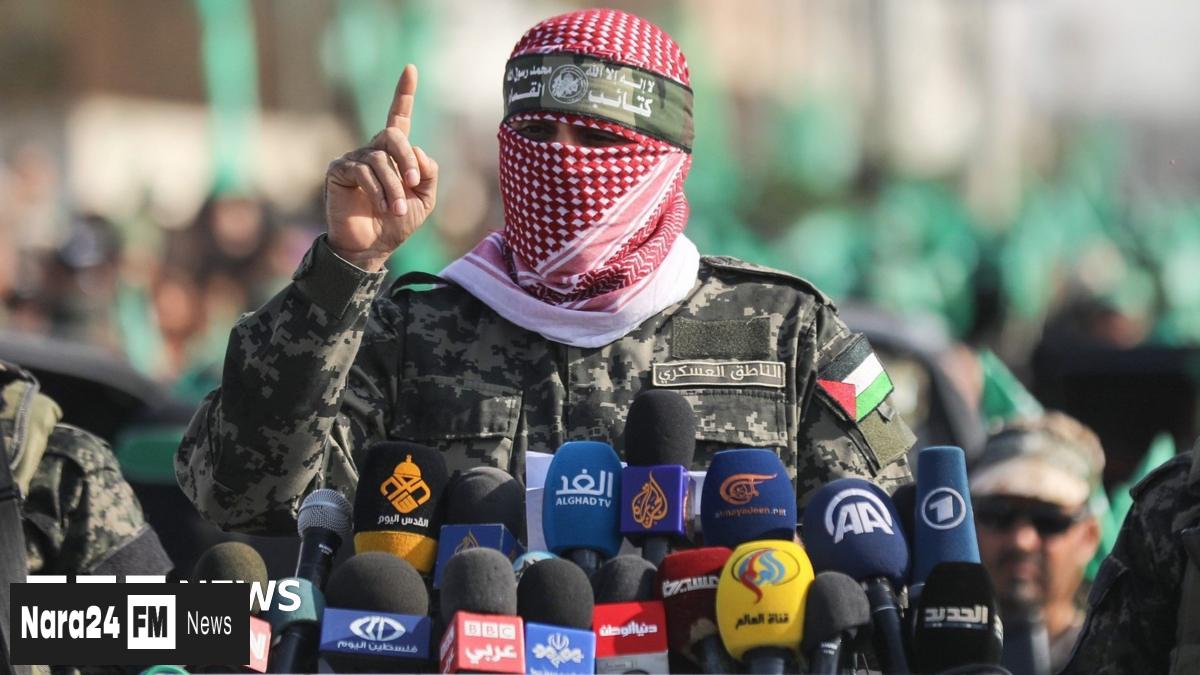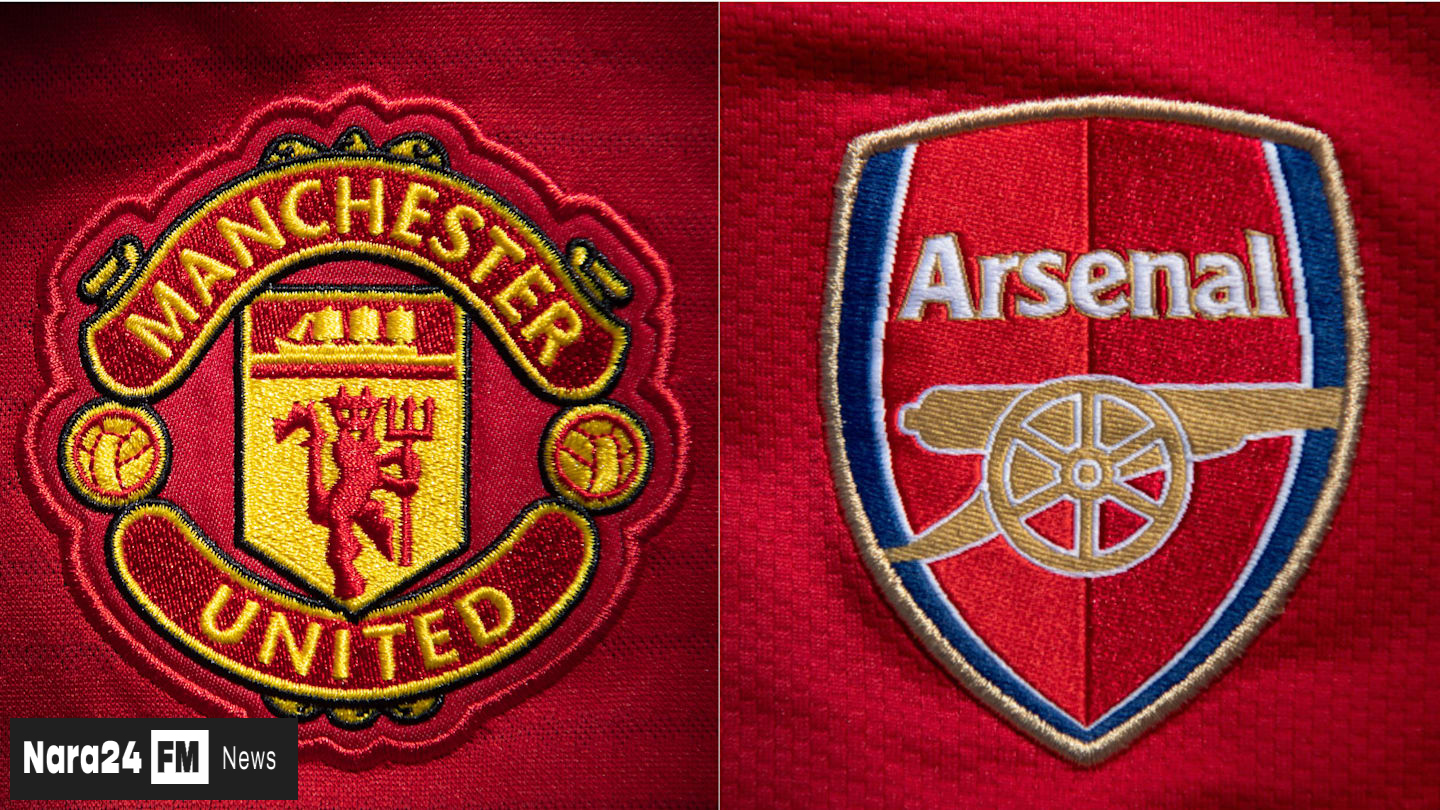Key Takeaways
- Mariupol still lies in ruins despite Russian claims of repairs
- Mariupol faces severe water shortages
- Residents report frequent power cuts, expensive food, and scarce medicines
- Russian authorities are teaching false information and propaganda in schools
- Ukrainian resistance groups are operating in Mariupol, collecting intelligence and sabotaging operations
Ukrainian residents living in the Russian-occupied city of Mariupol paint a starkly different picture of the city than what is being portrayed on Russian television. John, a Ukrainian resident who requested anonymity due to fear of reprisal from Russian authorities, shares, "What they're showing on Russian TV are fairy tales for fools. Most of Mariupol still lies in ruins."
It's been over three years since Mariupol fell to Russian forces during a brutal siege, marking a significant moment in the early stages of Russia's full-scale invasion of Ukraine. Thousands were killed, and the UN estimated 90% of residential buildings were damaged or destroyed.
In recent months, videos and reels from pro-Russia influencers have been painting a picture of a glossy city where damaged structures have been repaired, and life has returned to normal. However, the BBC spoke to more than half a dozen people, some still living in Mariupol, others who escaped after spending time under Russian occupation, to paint a more accurate picture of life in the city.
Olha Onyshko, a 66-year-old resident who escaped Mariupol late last year and now lives in Ukraine's Ternopil, says, "I wouldn't say they [Russian authorities] have repaired a lot of things. There's a central square – only the buildings there have been reconstructed. And there are also empty spaces where buildings stood. They cleared the debris, but they didn't even separate out the dead bodies, they were just loaded on to trucks with the rubble and carried out of the city."
Mariupol is also facing severe water shortages. James, another Mariupol resident whose name has been changed, says, "Water flows for a day or two, then it doesn't come for three days. We keep buckets and cans of water at home. The colour of the water is so yellow that even after boiling it, it's scary to drink it." Some have even said the water looks like "coca cola."
Serhii Orlov, who calls himself Mariupol's deputy mayor in exile, says the Siverskyi Donets-Donbas Canal, which supplied water to the city, was damaged during the fighting. "Only one reservoir was left supplying water to Mariupol. For the current population, that would've lasted for about a year and a half. Since occupation has lasted longer than that, it means there is no drinking water at all. The water people are using doesn't even meet the minimum drinking water standard," says Serhii.
Residents also report frequent power cuts, expensive food, and scarce medicines. Basic medicines are hard to come by, especially for those with chronic conditions like diabetes who struggle to get insulin on time.
The BBC has reached out to Mariupol's Russian administration for a response to the allegations about shortages and whether they had found an alternative source for water. No response has been received so far.
Perhaps the most difficult part of living in the city, residents say, is watching what Ukrainian children are being taught at school. Andrii Kozhushyna, who studied at a university in Mariupol for a year after it was occupied, now lives in Dnipro. "They are teaching children false information and propaganda. For example, school textbooks state that Donetsk, Luhansk, Kharkiv, Zaporizhzhia, Kherson, Odesa, Crimea, and even Dnipropetrovsk regions are all already part of Russia," says Andrii.
Andrii Kozhushyna studied in Mariupol under Russian occupation before escaping to Dnipro. He also described special lessons called "Conversations about Important Things" in which students are taught about how Russia liberated the Russian-speaking population of these regions from Nazis in 2022. "Teachers who refuse to take these lessons are intimidated or fired. It's like they are reprogramming the minds of our children," says John, a Mariupol resident.
During World War Two Victory Day celebrations in May, images from Mariupol's central square showed children and adults dressed up in military costumes participating in parades and performances – Soviet-era traditions that Ukraine had increasingly shunned are now being imposed in occupied territories. Mariupol was bathed in the colours of the Russian flag – red, blue, and white.
However, some Ukrainians are waging a secret resistance against Russia, and in the dead of the night, they spray paint Ukrainian blue and yellow colors on walls, and also paste leaflets with messages like "Liberate Mariupol" and "Mariupol is Ukraine." James and John are both members of resistance groups, as was Andrii when he lived in the city.
"The messages are meant as moral support for our people, to let them know that the resistance is alive," says James. Their main objective is collecting intelligence for the Ukrainian military. "I document information about Russian military movements. I analyze where they are transporting weapons, how many soldiers are entering and leaving the city, and what equipment is being repaired in our industrial areas. I take photos secretly, and keep them hidden until I can transmit them to Ukrainian intelligence through secure channels," says James.
Getty Images
Russia has changed the language, flags, and signage in the occupied Ukrainian city
Occasionally, the resistance groups also try to sabotage civil or military operations. On at least two occasions, the railway line into Mariupol was disrupted because the signalling box was set on fire by activists.
It's risky work. Andrii said he was forced to leave when he realized that he had been exposed. "Perhaps one day, Mariupol will be free again, and we will rebuild our city together," he says.








Comments (0)
Leave a Comment
Be the first to comment on this article!